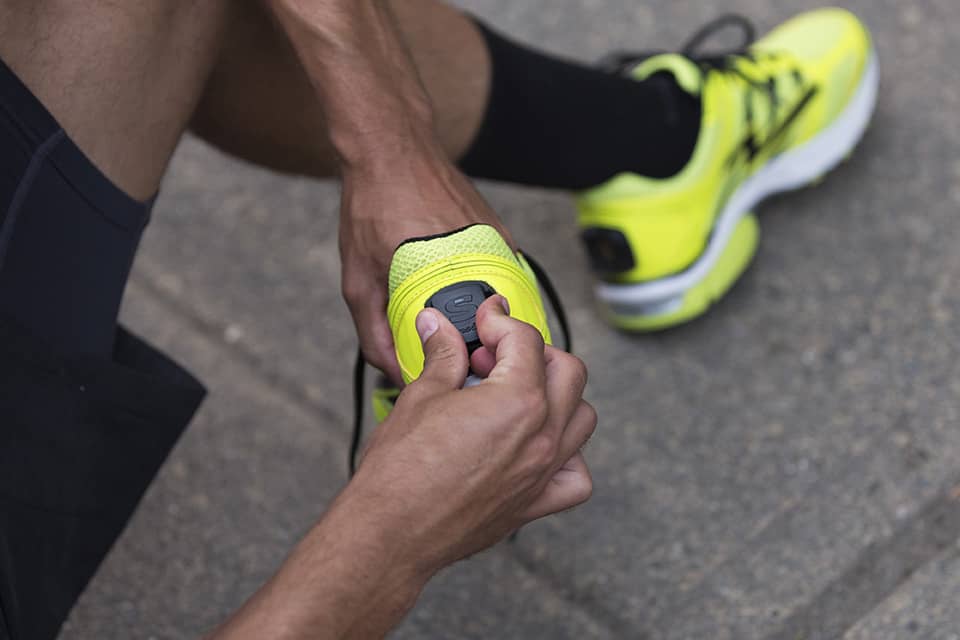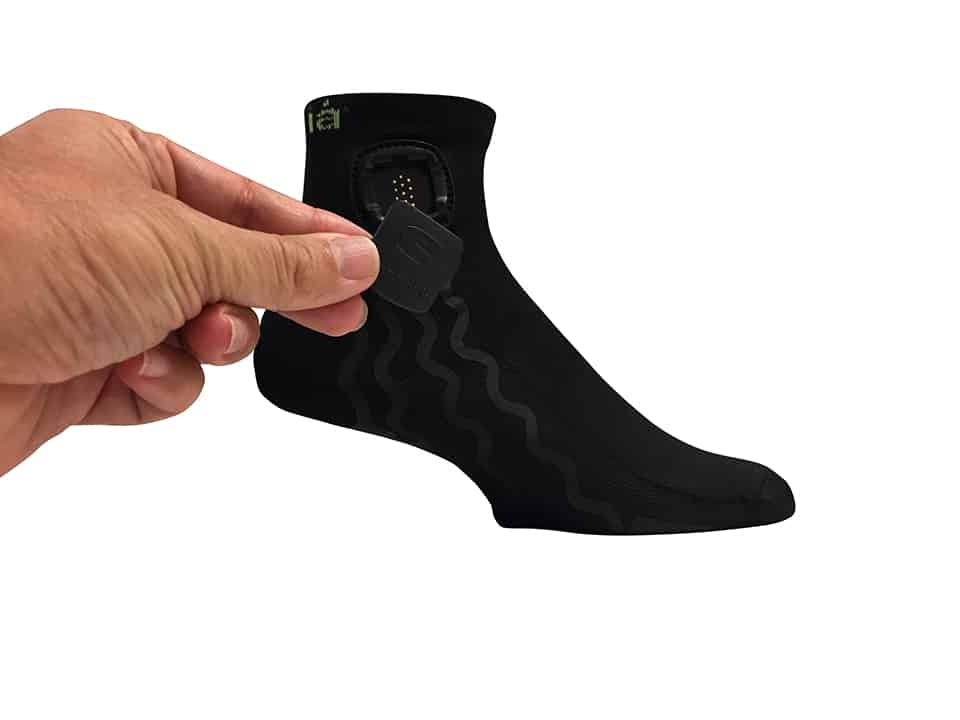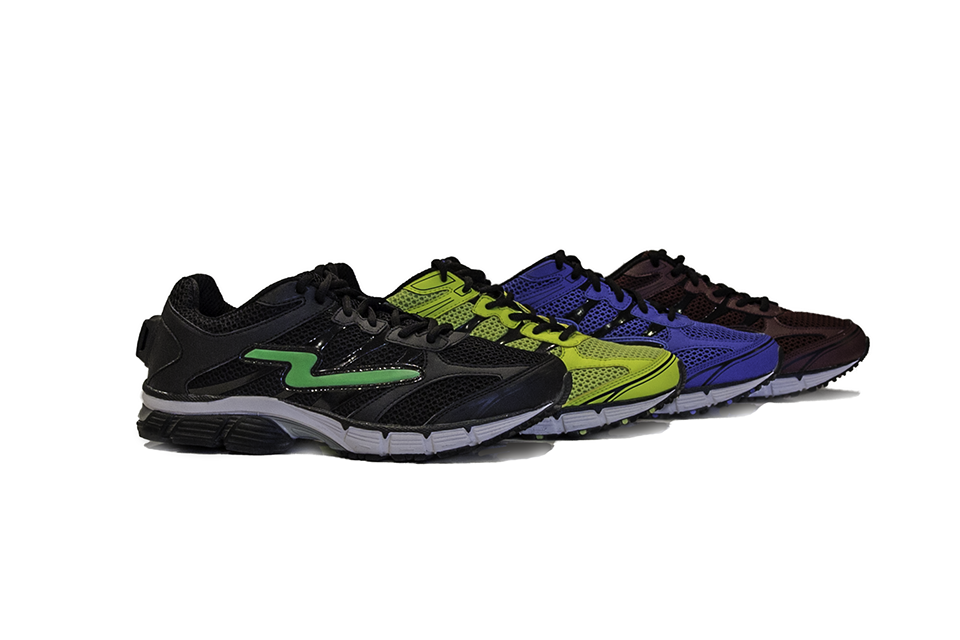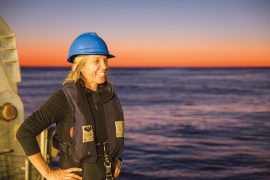Sensoria Fitness changes the workout game with technology
written by Michelle Hopkins
Sensors concealed in your T-shirt track your heart rate and how many calories you’re burning. Your socks log miles and tell you whether you’re putting more weight on a certain part of your foot or landing on the balls of your feet as you run.

Vigano spent more than twenty-five years as a Microsoft executive before moving to Health Solutions Group, where he was in charge of marketing and product strategy for both HealthVault and Amalga product lines. In late 2010, Vigano felt there was an opportunity for the sports apparel and fashion business to reinvent itself with technology.
“Back then, the economy in the United States and Canada were not doing well,” Vigano said. “When we looked into where people were still spending their money, it was in tech devices. So, we decided to produce garments that act like a computer system, yet still really felt natural and look great.”
Vigano knew the potential market for the gadgets was huge. “You have 120 million people worldwide who run, and a high percentage of those injure themselves every year,” he said. According to a 2010 survey by Sports Medicine & Athletic Related Trauma Institute, 65 percent of all runners will suffer an injury in any given year, and the average runner gets injured every hundred hours.
Washington Technology: Sensoria’s wearable textile sensors
Sensoria set out to create washable, extremely thin and comfortable textile sensor technology. The startup was able to raise $100,000 in crowdfunding and another $5 million in investment for its concept smart sock that can detect and improve running technique. The result was an anklet device attached to a special running sock. The virtual trainer, dubbed Mara, coaches with real-time analysis of foot-striking position and stride, while users can customize which status updates they want, such as distance, duration, current pace and heart rate.
“People are necessarily hungry for this type of information in order to avoid unwanted injuries, which can sideline them for weeks or even months,” Vigano said. Today, the company constructs a collection of running apparel embedded with Bluetooth-connected sensors—from socks to anklets that fit on your shoes, to fitness bras and T-shirts. “Our company creates a product line of health and fitness technology that seamlessly infuses into the fabrics that people are already wearing,” Vigano said. “Our Bluetooth-enabled technology reads the sensors and sends the data to a smartphone, where an app works like a virtual coach to provide instant feedback and motivation via voice, charts and so on.”
Last year, Sensoria introduced its new wave of smart socks. Made from antibacterial, anti-blistering and sweat-wicking material, these latest socks are two times lighter than Sensoria’s current smart socks.
The company also debuted its smart ultra-lightweight running shoes’ removable Sensoria CORE technology in November of that same year. Consisting of three embedded textile pressure sensors at the sole of the foot, the CORE is the size of a quarter, weighs less than a quarter ounce and snaps easily into the back panel of the Sensoria Smart Running Shoes.
So, who’s wearing these devices? It’s safe to say a whole lot of people around the globe. The demand for wearable technology keeps growing. It is estimated that revenue from wearable device sales are forecast to amount to about $26.43 billion dollars this year.
“We have everyone … from the weekend warrior to the aging runner and people who have suffered through numerous injuries who are using our products,” he said.
Technology continues to evolve rapidly, and staying ahead of consumer trends is vital.
Vigano said the company is already in discussions with Vivobarefoot—a company selling a line of active footwear with the thinnest sole possible. “We want to become the GoreTex of embeddable computing.”








